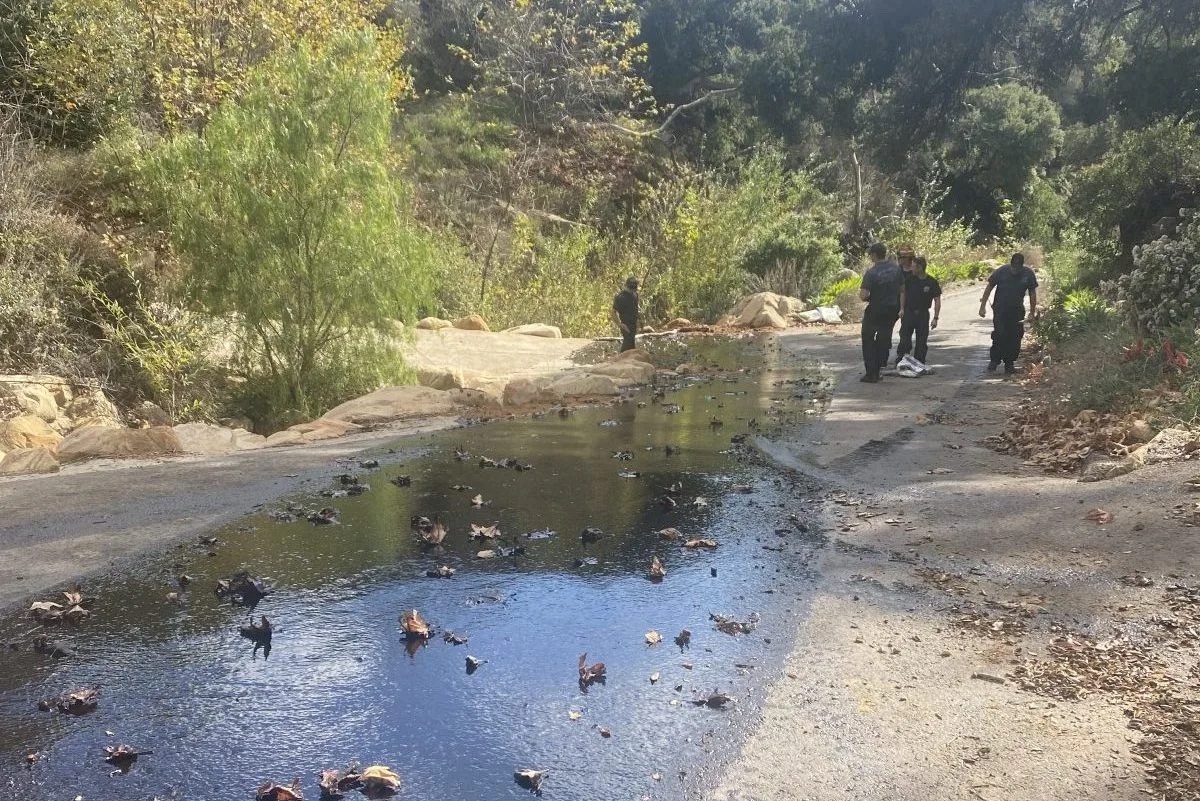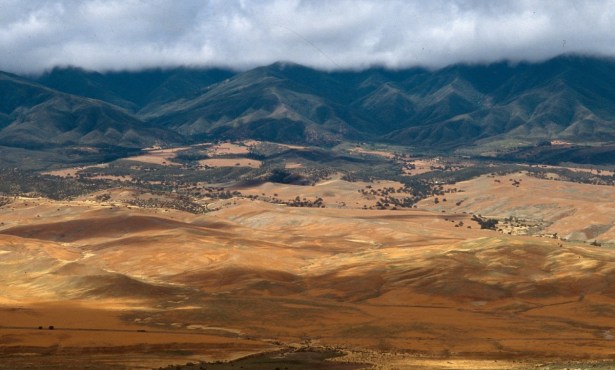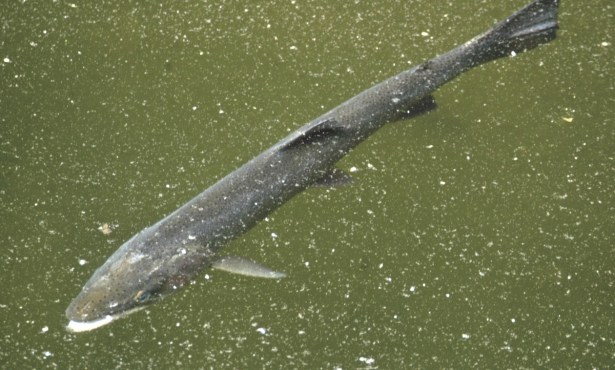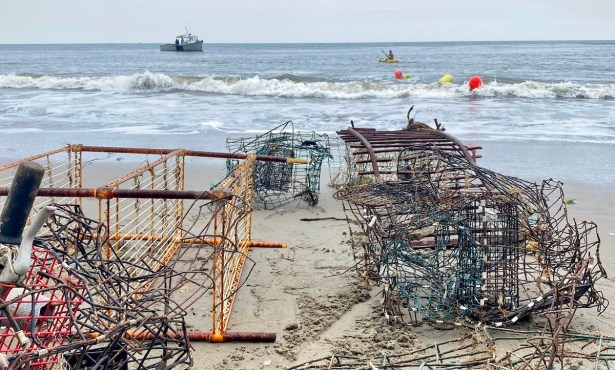Santa Barbara County Funds Toro Canyon Creek Cleanup and Maintenance to Tune of $650K
Repair Work to Begin Next Week on Damaged Oil-Containment System; Entire System to Be Replaced Later This Year

The Santa Barbara County Board of Supervisors approved a $650,000 emergency service contract last week for cleanup and ongoing maintenance of Toro Canyon Creek, a victim of multiple oil spills from an unpluggable old well in the Toro Canyon hillside overlooking Montecito and Summerland.
The contract is between the county’s Public Works Department and Pacific Petroleum, a company specializing in oil-spill cleanup, and comes on the heels of the most recent oil leak into the creek on January 1 this year. Dubbed the “Toro Incident,” the spill involved 420 gallons of oil and water released from an oil and water separator and underground storage tank meant to keep the oil contained.
Oil at Toro Canyon has been a seeping mess for decades. A series of spills from an abandoned 1882 oil-mining operation in the Toro Canyon hillside have plagued the local environment and those in charge of cleaning it up since the 1990s.
Responsibility for cleanup and maintenance of the area changed hands over the years before eventually landing at the county’s feet in 2009. However, the containment system — composed of an oil/water separator, pipeline, and underground storage tank — installed by the Environmental Protection Agency in 1998 has remained in place.
Initial cleanup of this year’s Toro Incident was completed by January 7, thanks to teams of first responders and Pacific Petroleum’s vacuum truck, but that 25-year-old system was still damaged, having been overwhelmed by this year’s string of intense storms.
According to Lael Wageneck, the public information officer for Public Works, the newly approved contract covers the estimate for Pacific Petroleum’s cleanup work that has already been completed, as well as any anticipated maintenance required until the system is fixed.
Wageneck said that the current system uses basic physics; the oil floats to the top of the water in the separator, the water goes into a channel, and the oil travels down the pipeline to the storage tank by gravity.
“The separator was damaged during recent storms, so it no longer separates the oil from the water,” Wageneck explained. “Pacific Petroleum cleaned up the initial spill and continues to help manage the oil until we can fix the separator. The next step is to repair the system.”
First, though, Public Works needs access to the site. A recent landslide covered the road, so they’ll need to regrade the road before moving on to restoring the separator and fixing damaged pipes. Wageneck said that Pacific Petroleum will start that repair work next week, and Best Management Practices will be used to protect the creek and control any oil during construction.
“This is a short-term fix until we can replace the entire system later this year,” Wageneck said. “The system replacement is in the design and planning phase but will be built in consultation with regulatory agencies to meet today’s health and safety requirements.”
Sign up for Indy Today to receive fresh news from Independent.com, in your inbox, every morning.
First District Supervisor Das Williams, who represents the area affected by the spill, said that the ongoing problems with the old oil well and the spills at Toro Canyon Creek show “how fraught with problems it is for public agencies to take over formerly private legacy,” referring to the lasting impact of old oil infrastructure.
“It really shows how the public ends up paying for it,” Williams said. “If you want my opinion, the county should have never agreed to take over this.”
Before the leak this January, the county was already gathering resources and planning to replace the outdated system with a modern facility. In 2022, the county budgeted $1.5 million for the “Toro Canyon Oil Water Separator Facility project” to bring it up to date.
Williams said that, usually, the county only shifts around a few million dollars out of their annual budget, so the cost of cleanup and replacement of the system is “a big expense.”
“It’s definitely going to reduce the other things that we, as the Board of Supervisors, can do,” he added. “But that being said, it’s the right thing to do, because the last thing we want is for this to keep on happening.”
In the midst of all this, the Santa Barbara County District Attorney’s Office is still trying to investigate the county’s slow response to the August 2020 spill that resulted in 600 gallons of oil leaking into the creek and surrounding areas, killing 17 birds, 13 bats, and one squirrel.
In 2022, attorneys from the DA’s Environmental Protection Unit filed a petition under the Public Records Act against the County Counsel’s office to obtain documents that could assist in the DA’s investigation of the 2020 spill, which the county objected to providing.
“We’ve been engaged in this process of trying to get an understanding of what happened with this oil spill in 2020, and they haven’t been providing us with documents that they said they were going to give us,” said Morgan Lucas, one of the DA’s attorneys working on the investigation.
Lucas said that they are still working on their response to the county’s objection, expected to be filed sometime in March. A court hearing on the issue has been scheduled for April 10.
“What is really obvious is that there is a lot of legacy oil equipment, oil facilities in our area — off Summerland, Toro Canyon,” Supervisor Williams said. “We have to protect the public from these legacy equipment for a long time to come, and we have to step up our vigilance in being able to do so.”
Support the Santa Barbara Independent through a long-term or a single contribution.



